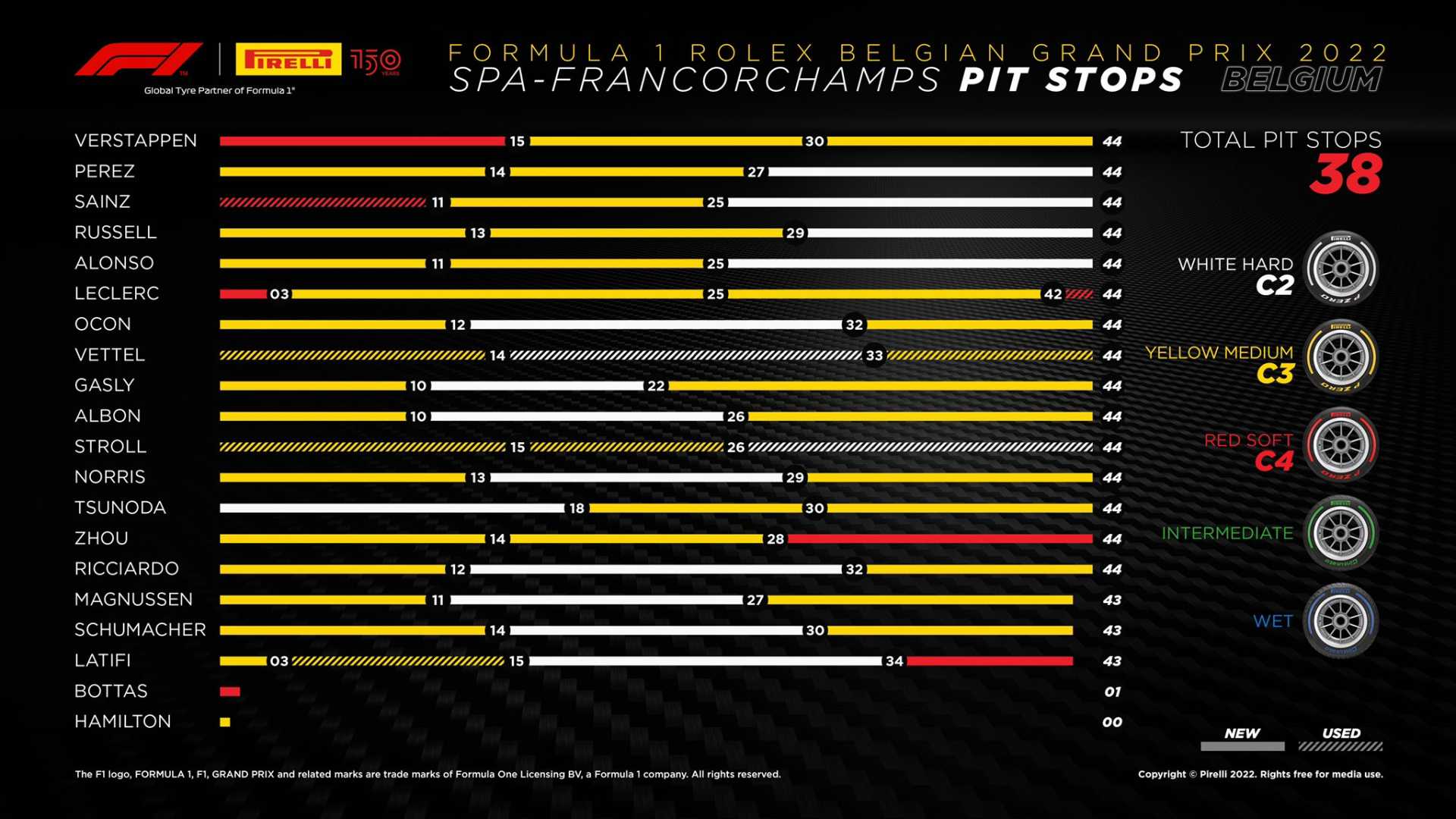Sports
Strategies Shift in Thrilling Belgian Grand Prix at Spa

SPA-FRANCORCHAMPS, Belgium — Teams at the Belgian Grand Prix faced a mix of tire strategies during the race at Spa on Sunday. Matt Youson breaks down the key decisions drivers navigated amidst unpredictable weather and challenging course conditions.
McLaren secured a strong qualifying performance, with Lando Norris taking pole position for his fourth of the season. Despite Norris’s success, the race’s outcome hinged less on qualifying times and more on tire durability, speed, and strategy adjustments.
Max Verstappen, starting second and fresh off a silverstone victory, and his teammate observed the unfolding strategies closely as the race began. Pirelli’s mixed weather forecast added an element of excitement, complicating tire choices further.
The race turned into a high-stakes battle between those choosing two-stop strategies and others sticking to one-stop plans. Lewis Hamilton, Oscar Piastri, and Charles Leclerc all opted for the medium to hard tire strategy, pitting early in the race.
Meanwhile, Daniel Ricciardo implemented a bold softer tire strategy, finishing 10th with a unique soft-medium-hard combination. Fernando Alonso’s effort to complete a single-stop on medium tires earned him an impressive eighth place.
George Russell emerged as the victor with a well-timed tactical move, outperforming Hamilton and capturing the checkered flag. However, Russell’s car was found underweight during post-race inspection, leading to controversy and later disqualification.
Pirelli introduced new tire compounds to add variety and challenge to race strategies this year, subtly altering the dynamics compared to previous seasons. Mario Isola, Pirelli’s motorsport director, noted the delicate balance teams had to manage throughout race day.
With 44 laps at Spa, teams had the flexibility to adapt their strategies based on tire wear and track conditions, ultimately leading to a thrilling race. As weather patterns shifted, teams continually recalibrated their plan, resulting in dramatic on-track action.
The performance on race day is emblematic of the skill and preparation present, as drivers assess risks against the opportunities found in tire management and technological advancements. Race strategies dictated much of the action, showcasing the unpredictability inherent in Formula 1 racing.












